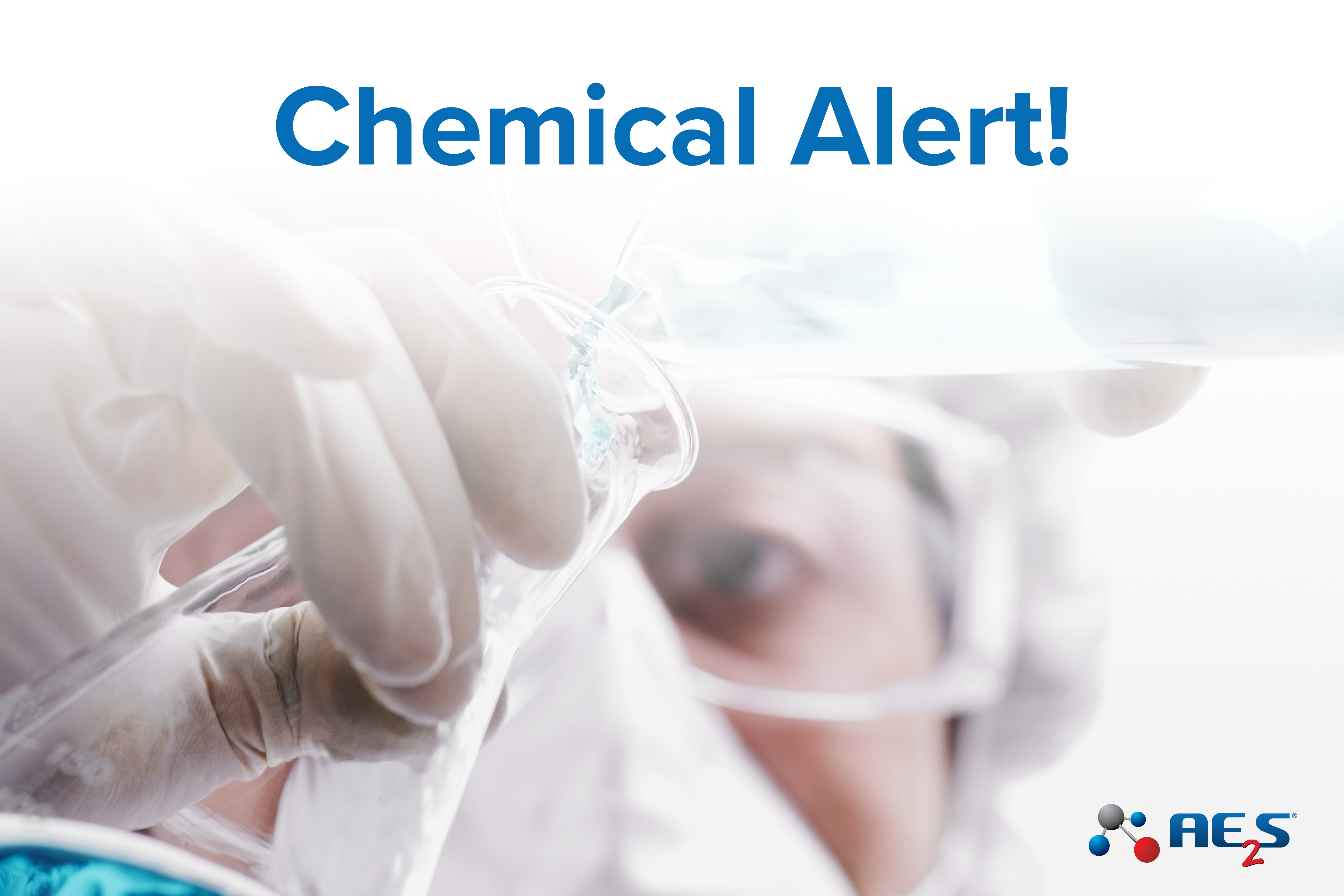The U.S. Environmental Protection Agency (USEPA) has started the process to prioritize five additional toxic chemicals for risk evaluation under the nation’s chemical safety law. If USEPA designates the five chemicals as High Priority Substances, risk evaluations for these chemicals will begin.
The following chemicals are prioritized for risk evaluation under the Toxic Substances Control Act (TSCA):
- Acetaldehyde (CASRN 75-07-0) is primarily used in the manufacturing and processing of adhesives, petrochemicals, and other chemicals, as well as intermediates for products like packaging and construction materials.
- Acrylonitrile (CASRN 107-13-1) is primarily used in the manufacturing and processing of plastic materials, paints, petrochemicals and other chemicals.
- Benzenamine (CASRN 62-53-3) is used in the manufacturing and processing of dyes and pigments, petrochemicals, plastics, resins and other chemicals.
- 4,4’-Methylene bis (2-chloroaniline) (MBOCA) is used in the manufacturing and processing of rubbers, plastics, resins and other chemicals.
- Vinyl Chloride (CASRN 75-01-4) is primarily used in the manufacturing and processing of plastic materials like polyvinyl chloride (PVC), plastic resins, and other chemicals, many of these materials are used for pipes, insulating materials, and consumer goods.
In the future, USEPA says it expects to initiate prioritization on five chemicals each year, which will create a sustainable and effective pace for risk evaluations. USEPA will accept public comments until March 18, 2024, at the Regulations page under docket EPA-HQ-OPPT-2023-0601.

